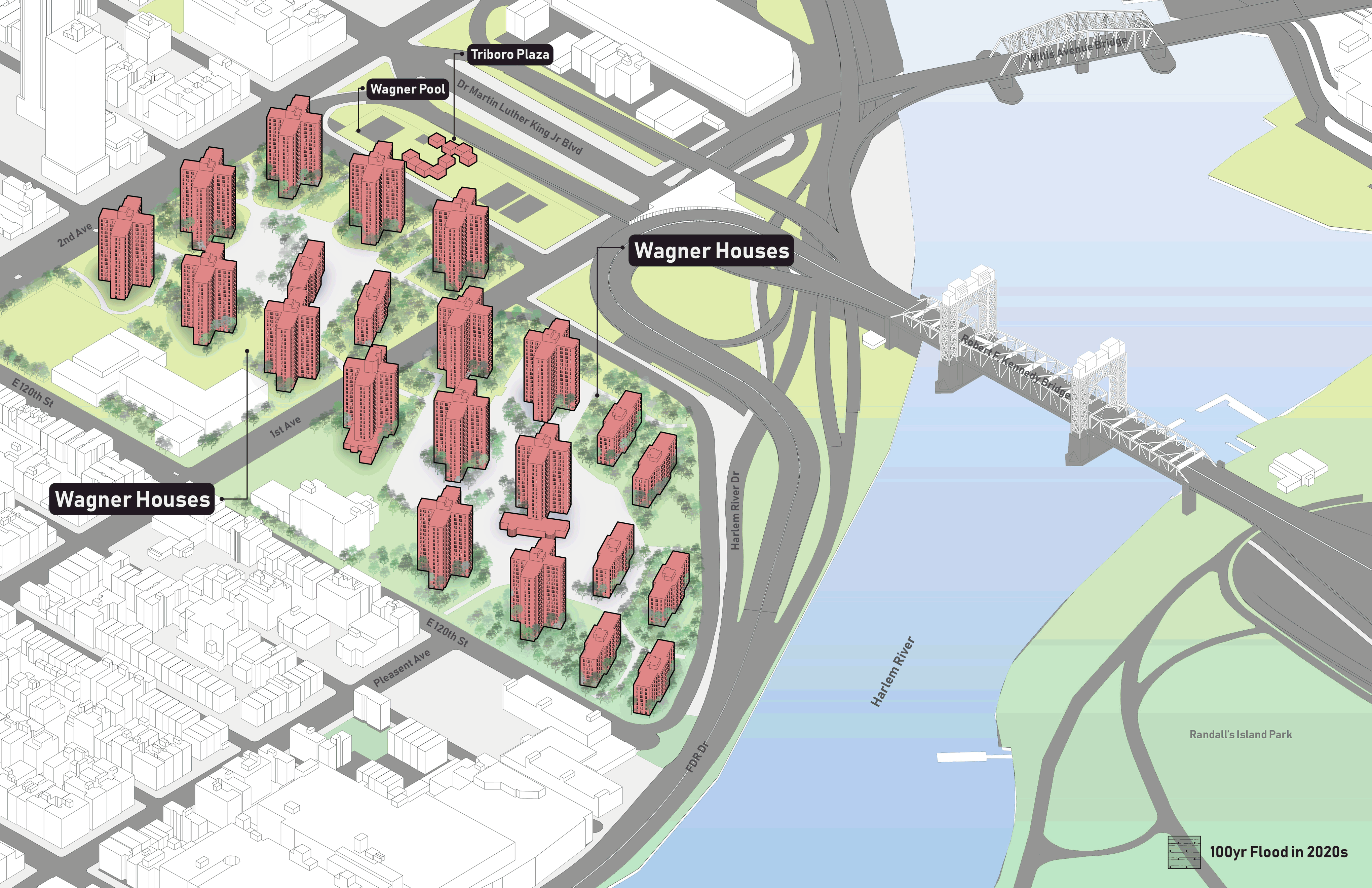
East Harlem
👤ChatGPT
East Harlem, often referred to as "El Barrio," is a vibrant and culturally rich neighborhood in New York City, known for its diverse community and historical significance. However, beneath its bustling streets lies a forgotten past intertwined with marshlands, Harlem Creek, the legacy of redlining, and the looming threat of sea level rise. Understanding this history can provide valuable insights into the challenges the community faces in the context of environmental justice and climate change.
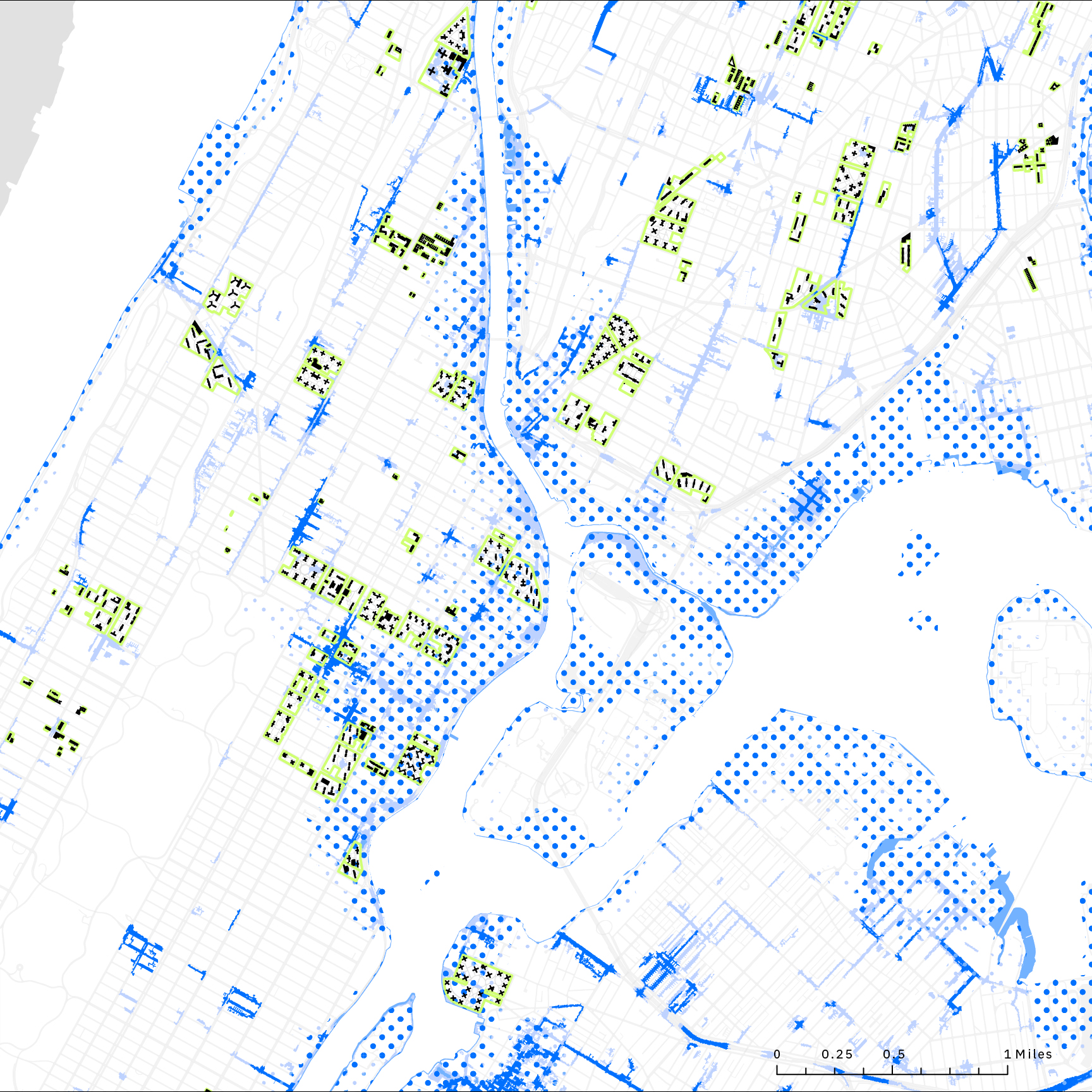
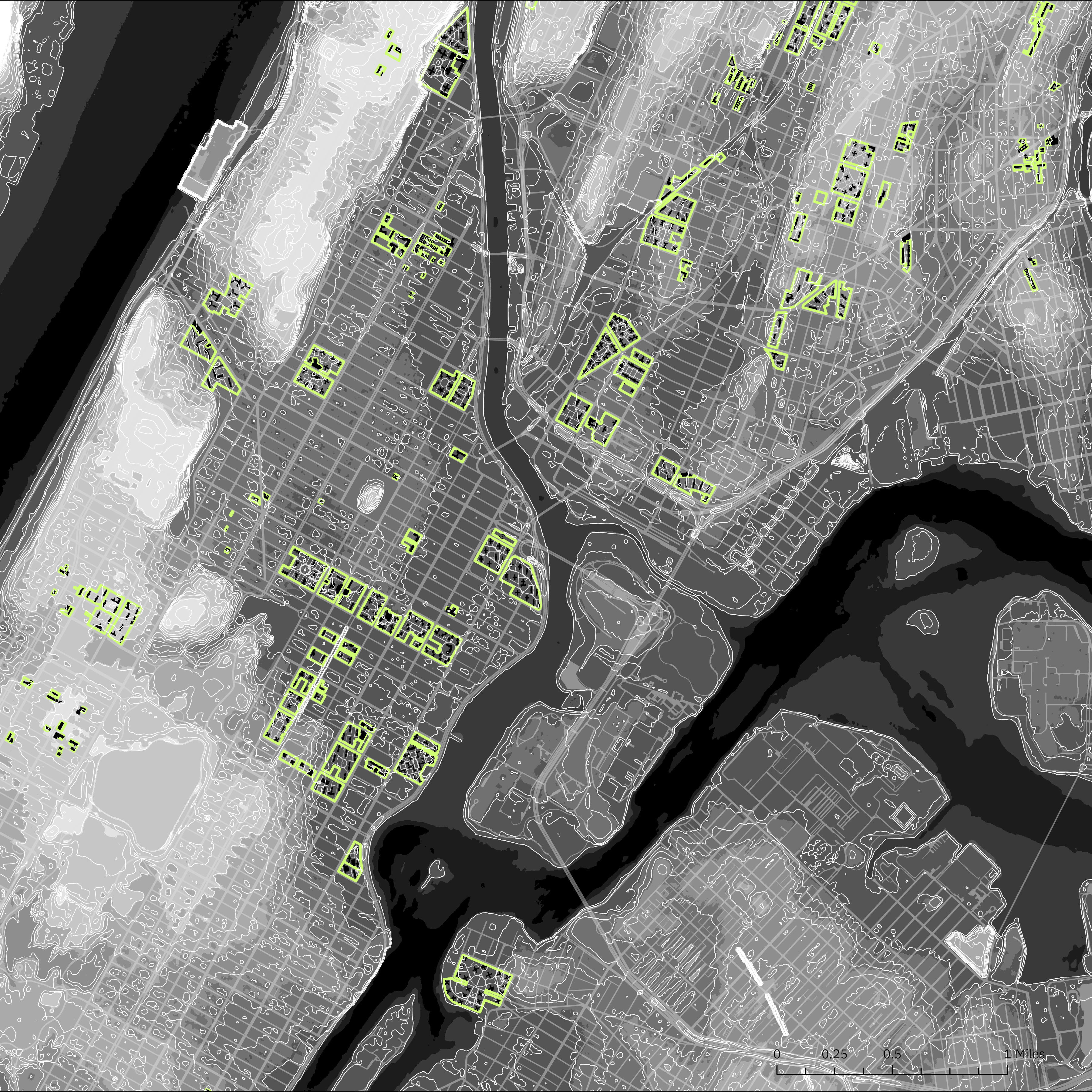
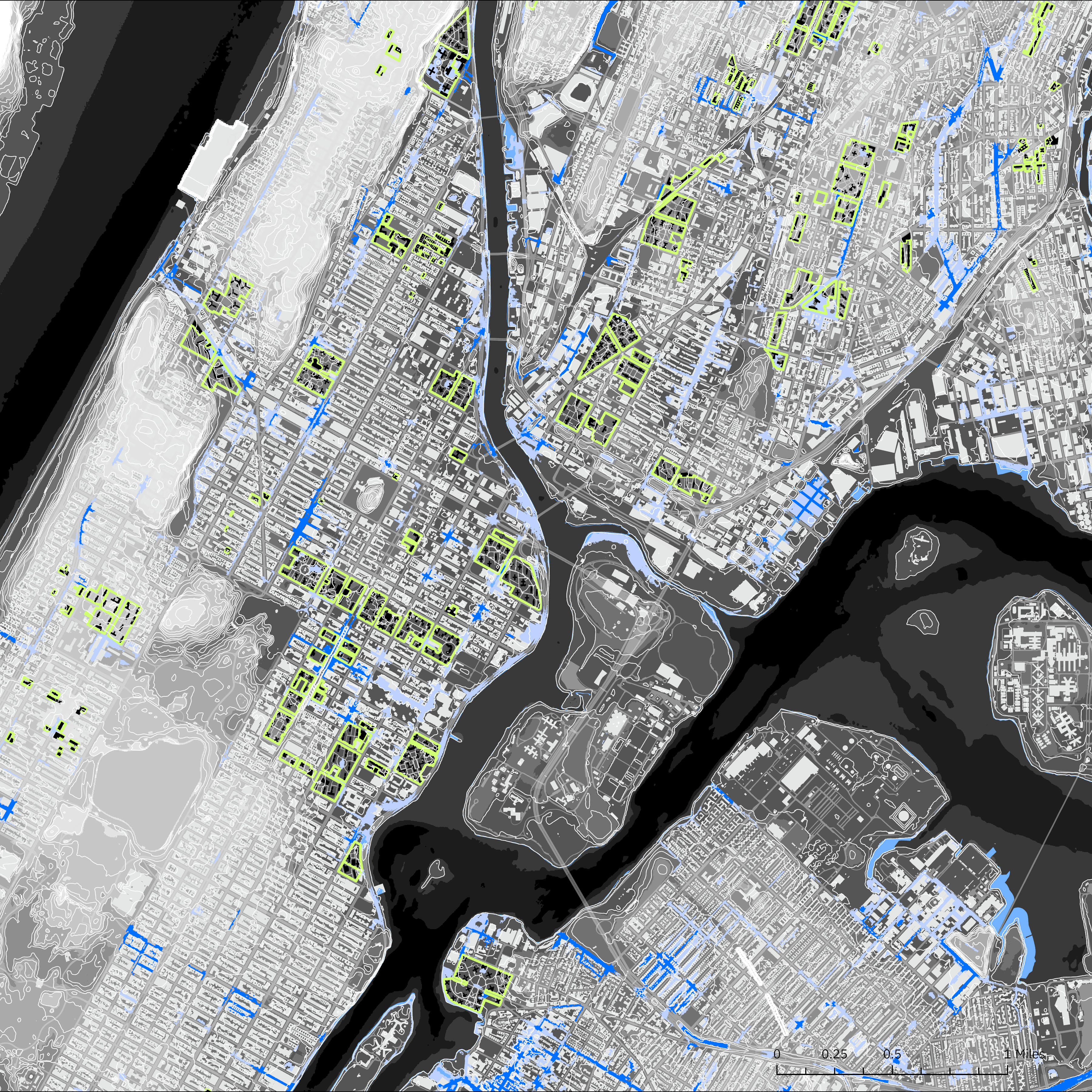
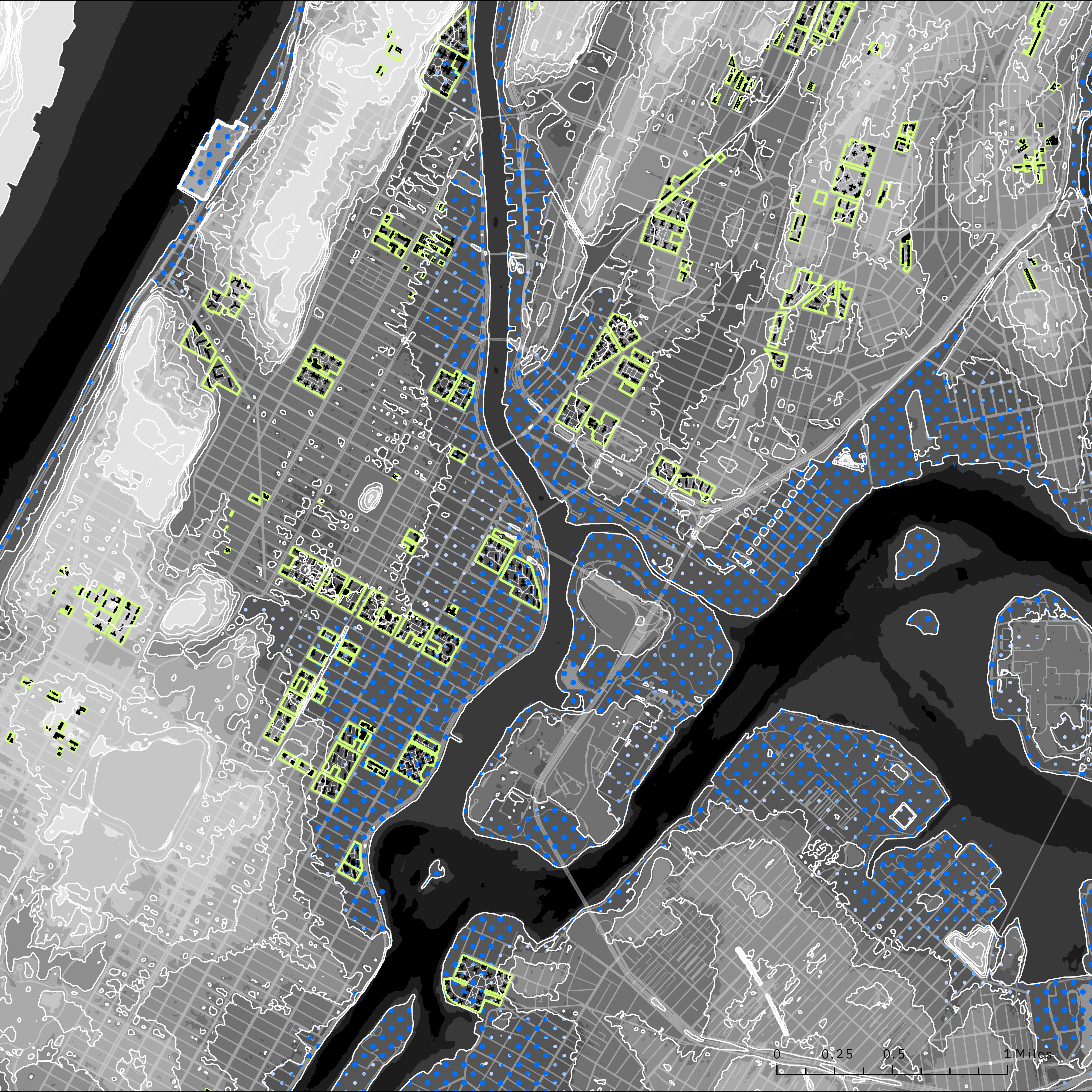
© Courtney Behrens and Mary Daly
Long before the towering skyscrapers and bustling avenues, East Harlem was characterized by vast marshlands. The area was part of the Harlem Marsh, a complex of tidal salt marshes and wetlands that stretched along the eastern shore of Manhattan Island. These marshes were crucial ecosystems, teeming with wildlife and serving as natural buffers against storm surges and rising tides. At the heart of East Harlem's marshlands was Harlem Creek, a meandering waterway that once connected the East River to the Harlem River. The creek was a vital water source for the Lenape Native Americans, who inhabited the region long before European settlers arrived. Harlem Creek was a lifeline for the early settlers, providing a means of transportation and commerce.
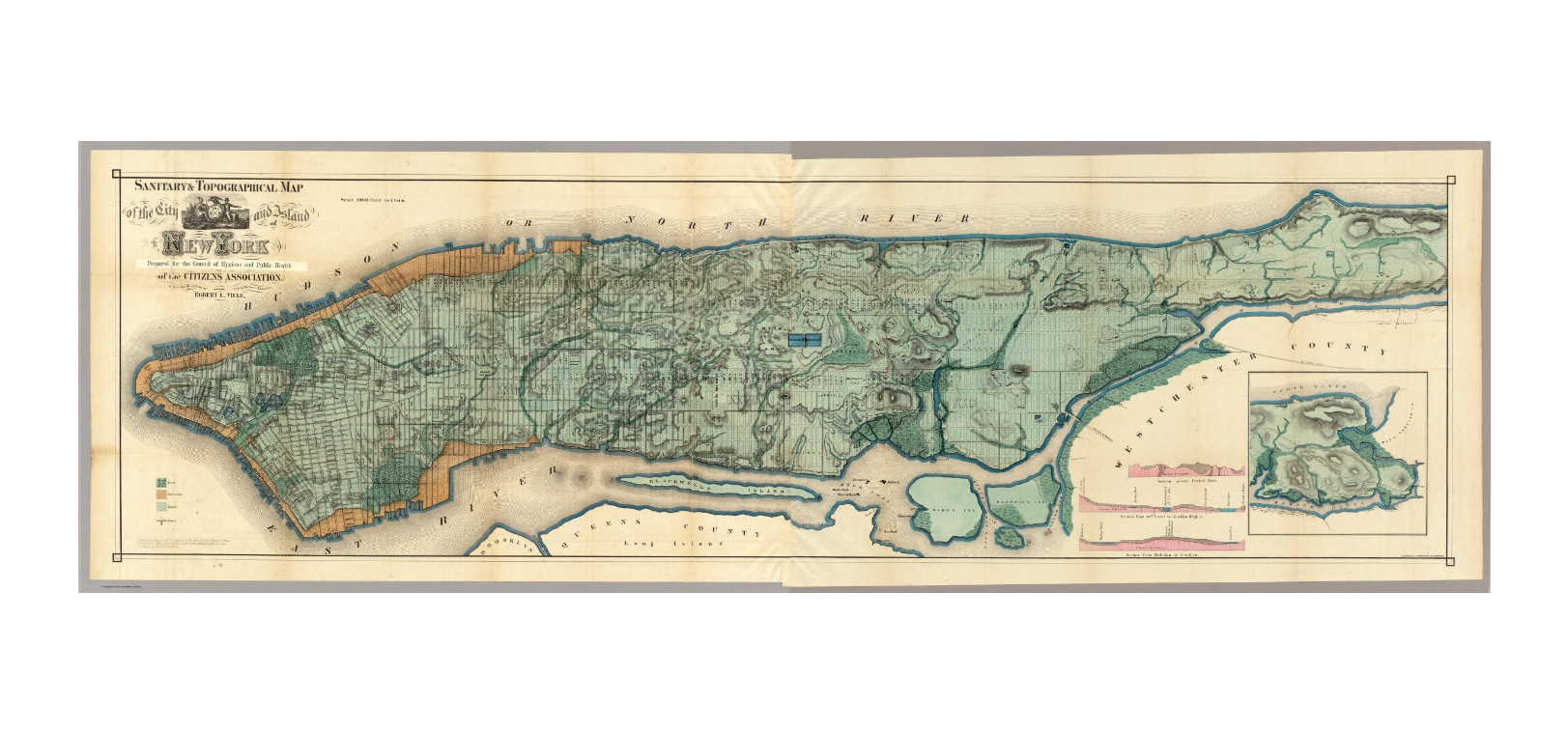

In the early 20th century, the practice of redlining emerged in the United States. Redlining was a discriminatory housing policy that systematically denied mortgage loans and insurance to residents of predominantly Black and Hispanic neighborhoods, including East Harlem. These discriminatory practices were based on race and ethnicity, resulting in a lack of investment and disinvestment in these communities.
As a consequence of redlining, East Harlem faced severe socio-economic disparities and limited access to resources and opportunities. The disinvestment in housing and infrastructure exacerbated vulnerabilities to environmental risks, including the long-term threat of sea level rise.
The historical legacy of redlining in East Harlem is closely tied to environmental justice concerns. Communities that were systematically denied access to resources and opportunities often bear the brunt of environmental hazards and climate change impacts. In East Harlem, the lack of investment and infrastructure improvements due to redlining has left the community ill-prepared to address the challenges of sea level rise and increased flooding.

